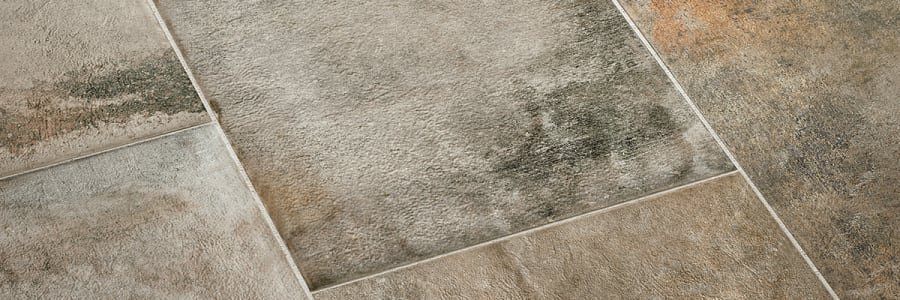Blog > What types of stone flooring are there?
What types of stone flooring are there?
Wednesday, April 27, 2022 10:19 AM

Natural stone
Flagstone: Flagstone is a sedimentary rock which is split or cut into layers. Flagstone tiles are most often used outdoors for patios, walkways, steps, and similar applications
Granite: Granite is very dense, scratch resistant, and occurs naturally in hundreds of varieties of color and shading. Granite floors are one of the most popular types of stone flooring; granite is also often used for kitchen countertops and in some bath environments.
Limestone: Limestone is formed of sedimentary material quite often including coral and shells, and occurs naturally in a variety of subtle colors
Marble: Marble presents an elegant, classic veined appearance. It is a relatively soft, easily–polished stone that is somewhat susceptible to scratchesThe tools and techniques involved in stone floor installation can make the work area hazardous. Please make sure that your children and pets are kept completely away from the work area on installation day.
Sandstone: Sandstone is composed largely of quartz sand grains, and often has a rough, textured surface; Maintain good ventilation in the installation area for 48 to 72 hours after installation. This will allow any fumes to dissipate and any particulate dust to settle.
Slate: Slate used in flooring is actually composed of slate, quartz, and shale, and comes in a wide variety of natural colors. It is highly water resistant
Travertine: Travertine is somewhat soft and porous and while it has the density of marble, it has a textured rather than smooth surface. When used in flooring, travertine’s natural cavities can be filled for a polished finish, or left empty to keep the original texture of the stone
Manufactured
Manufactured stone: Manufactured, or agglomerate stone, is a man-made material produced by combining fragments of natural stone with cement, polyester, or epoxy resins. It looks very much like all natural stone, and is less expensive. Some of the most popular types are those made mostly of quartz, because natural quartz adds depth and brilliance as well as strength – up to four times the flexural strength of granite. Manufactured Stone is available in an almost limitless range of colors and it is scratch resistant but not scratch proof. Its density makes it highly resistant to staining and virtually maintenance free.
For different types of stone flooring, there is also a selection of finishing techniques.
Polished: Limestone, marble, and granite floors are commonly polished to enhance their appearance; progressively finer polishing heads are used to get a shiny surface. Highly polished stone is a little more likely to show scratches.
Honed: Honed finishes stop short of high polishing and present a softer, flat matte appearance that shows fewer scratches, and is easy to maintain. Slate, marble, and limestone do well with this type of finish.
Saw–cut refined: This process involves just enough finishing to remove obvious saw cuts, but doesn’t achieve the polish of a honed finish.
Acid–washed: Washing is often used on limestone and marble. It leaves small etching marks and pits, which produce a still less-finished rustic look. Acid washing is also used to soften the shine on granite.
Flamed: purposely create a rough surface that is more slip-resistant, the surface of the stone is heated and then cooled quickly, causing the stone to chip and pop and resulting in a characteristically rough texture.
Split–faced: Most often this technique appears in slate flooring tiles – it’s’ basically the surface that results from hand cutting and chiseling as the stone comes out of the quarry.
Tumbled: Just as it sounds, this involves tiles being tumbled in a machine, with varied results – they can have a slightly pitted or a smooth surface with rounded and broken edges and corners. Marble and limestone floors are most often given a tumbled finish.
Brushed: Brushing creates a natural-looking worn–down patina.
